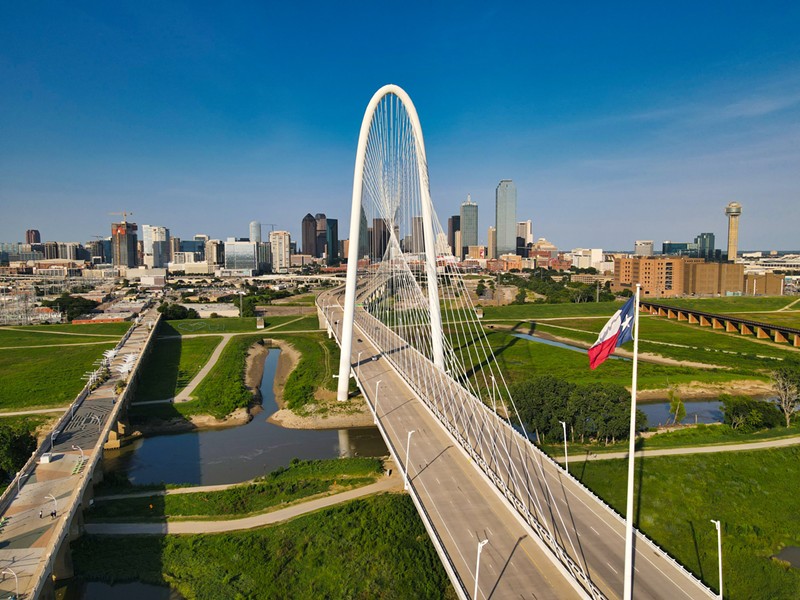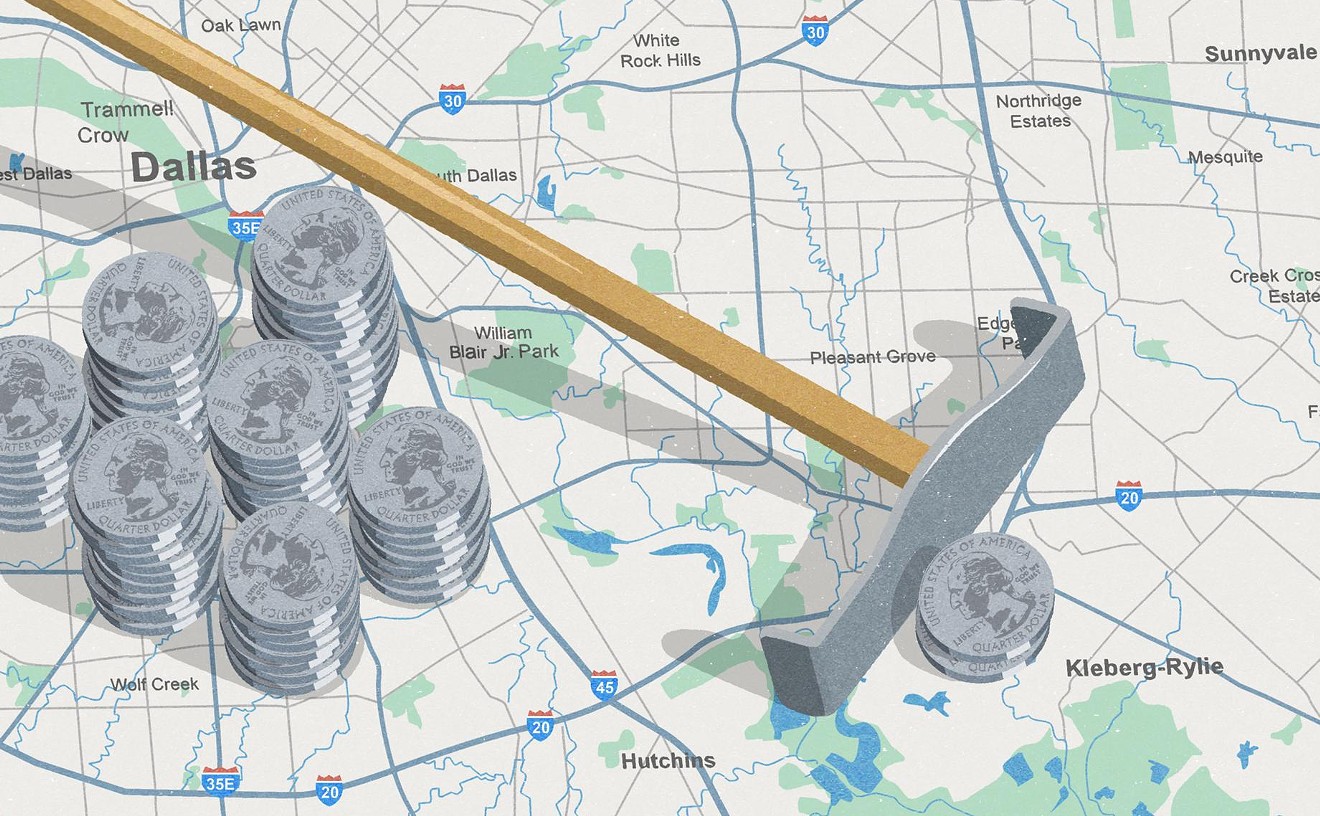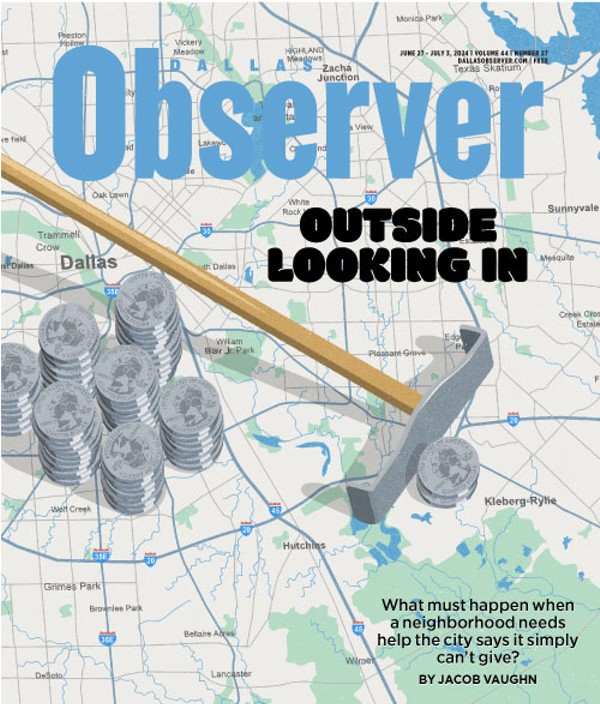How hot has it been, really? July 3 was the hottest day on record ever. Ever is a long time.
Given the extreme nature of recent temperatures, it stands to reason that now is a good time for the city to learn something about how those temps affect its residents. On Tuesday, the city announced it will “map heat island areas” in Dallas on Aug. 5.
The heat island mapping program, conducted by the National Oceanic and Atmospheric Administration (NOAA), is in its seventh year and includes 18 other cities. Austin, El Paso, New Orleans and Atlanta have taken part in the mapping study over the past few years. According to a press release, extreme heat is “the number one weather-related cause of death in the U.S. for the last three decades." The local effort will be headed by the Dallas Office of Environmental Quality and Sustainability (OEQS).
“Without projects like the NOAA Urban Heat Island map, we would not be able to understand our city’s response to heat like we do now,” OEQS director Carlos Evans said in the press release. “This is a great opportunity for our community volunteers to not only learn more about Dallas, but to play an active role in keeping fellow residents safe from the heat.”
“Without projects like the NOAA Urban Heat Island map, we would not be able to understand our city’s response to heat like we do now." – Carlos Evans, director of the Dallas Office of Environmental Quality and Sustainability
tweet this
The NAOA defines an “urban heat island” as an area with few trees and more pavement, which absorbs heat and can be as much as 20 degrees hotter than nearby neighborhoods with more trees and grass and less black asphalt.
Planting more trees in places where much-needed shade can be of use is one way the city will use the information gained on Aug. 5. NBC 5 reported this week that “the nonprofit Texas Trees Foundation is already working in Dallas with existing information to reduce the impact of heat by planting more trees.”
August is the ideal month for Dallas to conduct this activity. With an average high temperature of 96 degrees, it’s the hottest month of the year here. The city is asking for volunteers to help conduct the mapping. Using specially designed data-collecting sensors mounted on moving vehicles, community volunteers will drive prescribed routes in the morning, afternoon and evening to record ambient temperatures and humidity.
Residents can sign up to volunteer for Dallas’ heat island mapping on Saturday, Aug. 5, by going to the project’s Eventbrite page.












